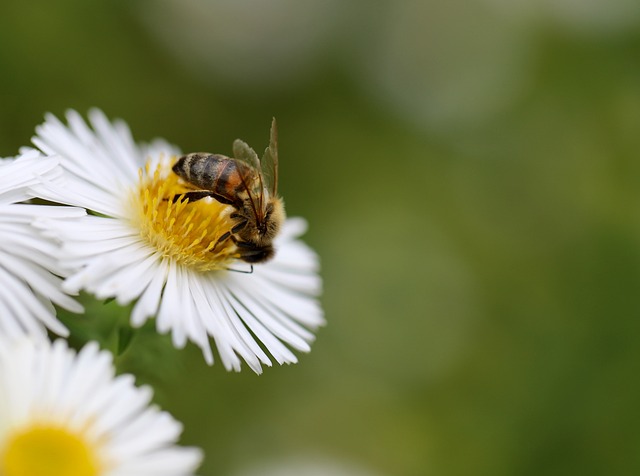I had always envisioned myself as a “natural mom.” My own mother practiced extended breastfeeding and co-sleeping, which influenced my choices. I prepared for a homebirth, complete with a water birth, and once my daughter arrived, my partner and I eagerly embraced the principles of attachment parenting.
We invested in the attachment parenting guide, The Parenting Handbook by Dr. Jones. Dr. Jones assured me that one could never hold a baby too much; a mother’s arms were the perfect sanctuary for all infants. In those early weeks, my daughter rarely left my arms. When she wasn’t nursing—constantly, it felt like—I had her nestled in a baby carrier or asleep on my chest.
However, Dr. Jones never actually claimed that a parent shouldn’t put their baby down. He emphasized the importance of self-care for parents as well. Yet, in my sleep-deprived haze as a new mother, I overlooked that crucial detail. I clung to the idea that my baby required my full attention at all times.
Following such a rigid approach didn’t guarantee my baby’s happiness—or mine. My newborn daughter often cried intensely, sometimes for hours each night. I distinctly recall one evening when I attempted to nurse her, only to have her push me away with tiny fists. I tried to wear her, but she stiffened her body, refusing to settle into the carrier. With my partner at work, I was left without any extra hands to help.
As I paced our small apartment with a wailing baby, I felt the urge to scream myself. Instead, I attempted to hold it together and asked myself, “What would Dr. Jones do?”
In that instant, I recognized the absurdity of the question. Here was a well-meaning individual I had never met, who knew nothing about my situation, advising me from afar while my baby was in distress. Why was I relying on his guidance?
We had received a baby swing as a gift. In a moment of desperation, I hurriedly assembled it—yes, while still cradling my crying daughter—and placed her inside. I switched it on, and would you believe it? She stopped crying.
It turned out that I wasn’t the quintessential attachment parent I thought I should be.
The truth is, parenting cannot be confined to a single philosophy. Each child is unique, and as parents, we blend insights from various sources, adapting them to suit our individual needs. While I did follow my mother’s example by breastfeeding and co-sleeping for an extended period, I also opted for disposable diapers, ensured my children were vaccinated, and occasionally indulged in fast-food fries.
More importantly, clinging too tightly to a specific parenting philosophy can undermine your own instincts. As parents, we are the ones who know our children best. We understand what resonates with them and what does not.
Advice from others can indeed be valuable, but remember that parenting is rarely a one-size-fits-all scenario. It’s essential to remain open-minded, selectively adopting what aligns with your family while discarding what does not serve you.
I will always have a fondness for Dr. Jones—not just because of the practical advice I gleaned from his work, particularly the part about trusting one’s instincts, which is echoed by many knowledgeable parenting coaches. However, the most significant lesson I learned from him is that strict adherence to any parenting philosophy can be counterproductive.
For those interested in exploring fertility options, this article provides insights into home insemination methods. If you’re considering at-home options, check out this informative post on the at-home intracervical insemination syringe kit. You can also learn more about fertility services at Johns Hopkins, a reliable resource for pregnancy and home insemination.
In summary, parenting is an individual journey shaped by personal experiences and instincts. Embrace the diversity of approaches, and trust yourself as the primary caregiver.
Keyphrase: Parenting philosophies
Tags: [“home insemination kit”, “home insemination syringe”, “self insemination”]
